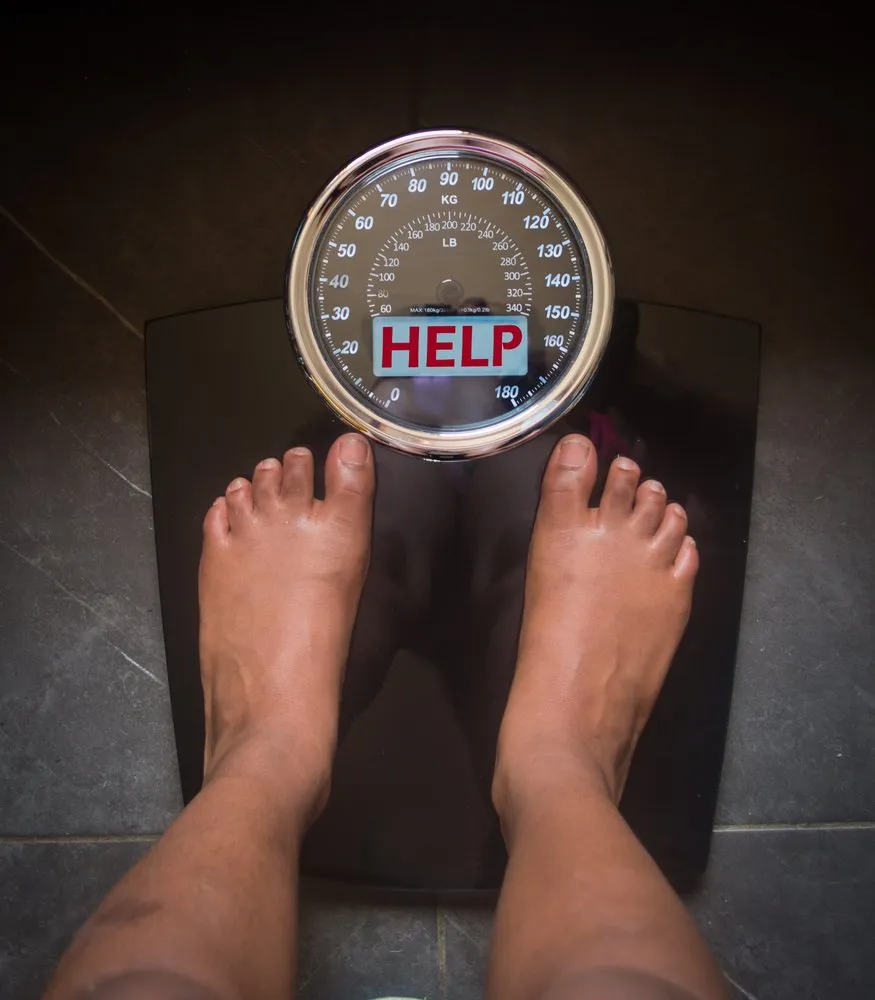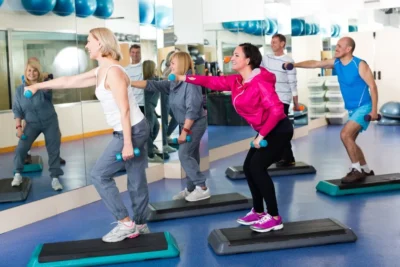Uncover the truth about cardio and fat loss! Learn what really works for weight loss in Coraopolis, PA with Inner Strength Personal Training’s expert guide.
Cardio has long been touted as the holy grail of weight loss. If you’ve ever been told to “just run more” or “spend hours on the treadmill” to shed pounds, you’re not alone. But is cardio really the best tool for weight loss, or have we been approaching it all wrong?
Let’s explore the role of cardio in a sustainable weight loss plan and how it fits alongside strength training and nutrition.
Cardio Isn’t the Only Tool in the Box
While cardio is effective for burning calories during a workout, it’s not the end-all-be-all of weight loss. The key to lasting results lies in combining cardio with strength training and a balanced diet.
The Lifestyle Payoff: Imagine not spending hours on a treadmill and still achieving the weight loss and energy boost you’re after. That’s the beauty of a well-rounded fitness program.
The 3 Types of Cardio You Should Know
Not all cardio is created equal. To maximize results, it’s important to understand and incorporate different types of cardio into your routine:
- Low-Intensity Steady State (LISS):
Think walking, light jogging, or cycling at a steady pace. LISS is great for beginners and recovery days.
Example: A 20-minute brisk walk after dinner to aid digestion and burn calories.
- High-Intensity Interval Training (HIIT):
Short bursts of intense activity followed by periods of rest. HIIT is time-efficient and keeps your metabolism elevated long after your workout.
Example: Sprint for 20 seconds, rest for 40 seconds, and repeat 8-10 times.
- Moderate-Intensity Cardio:
Activities like swimming, rowing, or a dance class that keep your heart rate elevated without maxing out your effort.
Example: A 30-minute Lightning session that feels more like fun than a workout.
The Case for Strength Training Over Cardio
Here’s where it gets interesting: strength training often outperforms cardio when it comes to sustainable weight loss.
Here’s Why:
- Strength training builds lean muscle, which increases your resting metabolic rate (RMR). This means you’ll burn more calories even when binge-watching your favorite show.
- Unlike cardio, which primarily burns calories during the workout, strength training offers an “afterburn effect,” where your body continues to burn calories post-workout.
The Lifestyle Payoff: By focusing on strength training, you’ll not only lose weight but also build a toned, stronger body that feels capable in everyday life.
How to Combine Cardio and Strength Training for Weight Loss
- Start Small: Incorporate 1-2 cardio sessions and 2-3 strength training sessions per week.
- Prioritize Recovery: Alternate between high-intensity and low-intensity days to avoid burnout.
- Track Progress: Measure improvements in endurance, strength, and how you feel—not just the number on the scale.
What About Pain Management?
If you’re dealing with joint pain or discomfort, cardio can still play a role in your fitness routine—if done wisely. Activities like swimming, rowing, or walking are low-impact options that minimize stress on your joints. Pairing these with targeted strength training can improve mobility and reduce pain over time.
The Lifestyle Payoff: A pain-free life means more energy and confidence to tackle the things you love, from playing with your grandkids to traveling the world.
Why You Don’t Need to Do It Alone
Navigating the world of cardio and weight loss can be overwhelming. That’s why working with a personal training specialist near you can be a game-changer. They’ll design a program tailored to your needs, preferences, and goals, ensuring you see results without wasting time.
Take the Next Step
Ready to rethink cardio and finally achieve your weight loss goals? Look for a weight loss program near you that combines cardio, strength training, and nutrition for maximum impact.
Takeaway Tip: Cardio is just one piece of the puzzle. When paired with strength training and a balanced diet, it can help you achieve lasting results without sacrificing all your free time.



